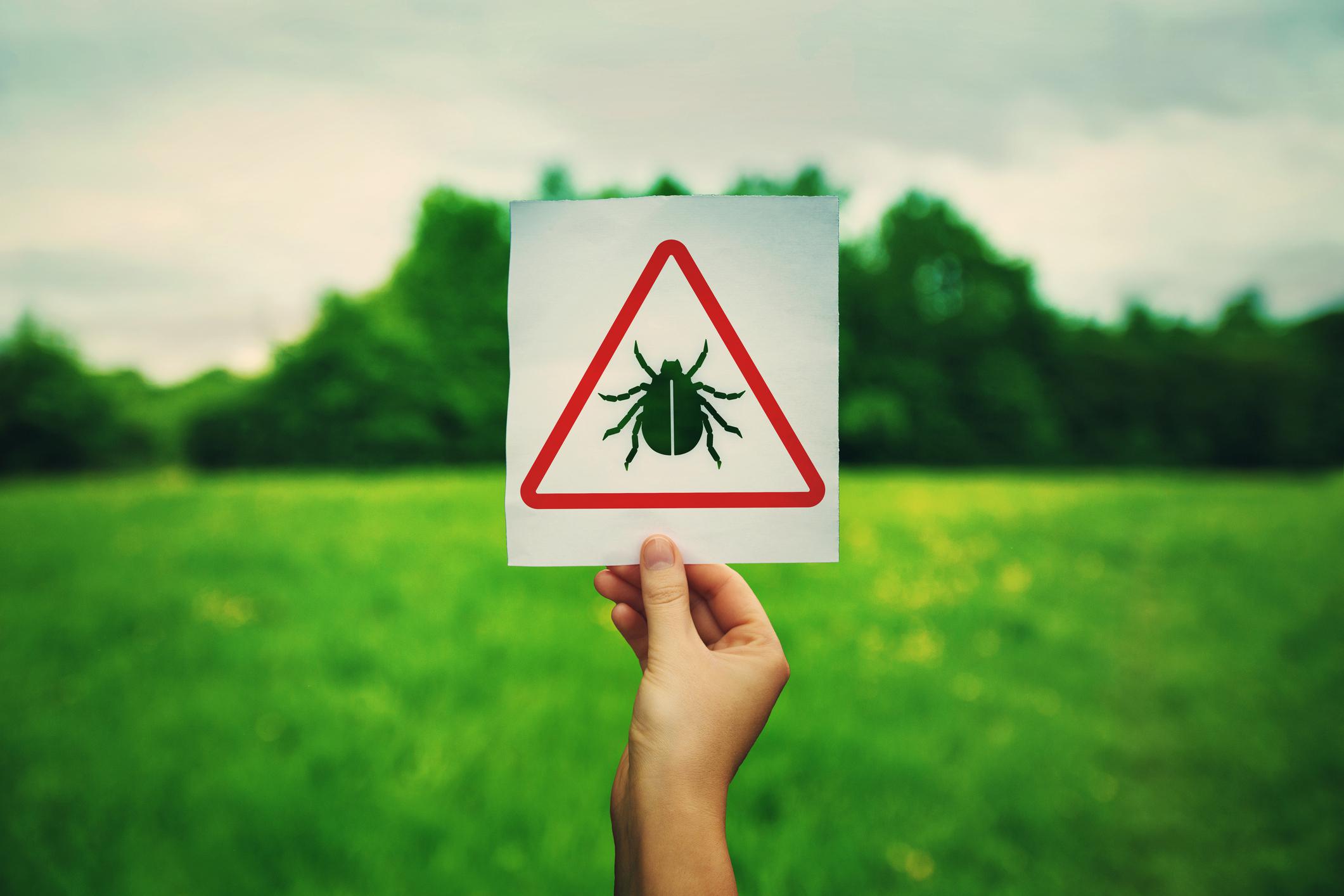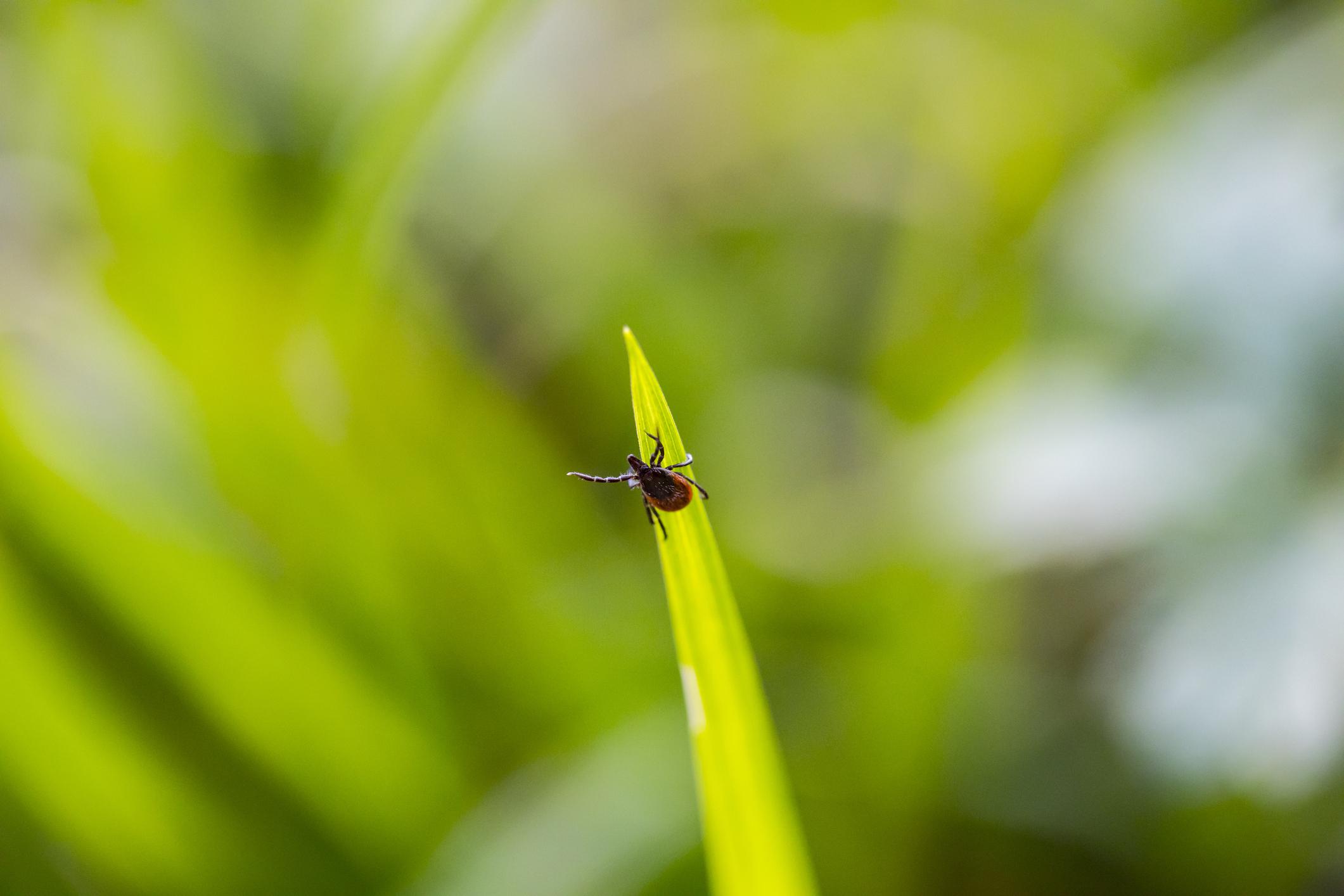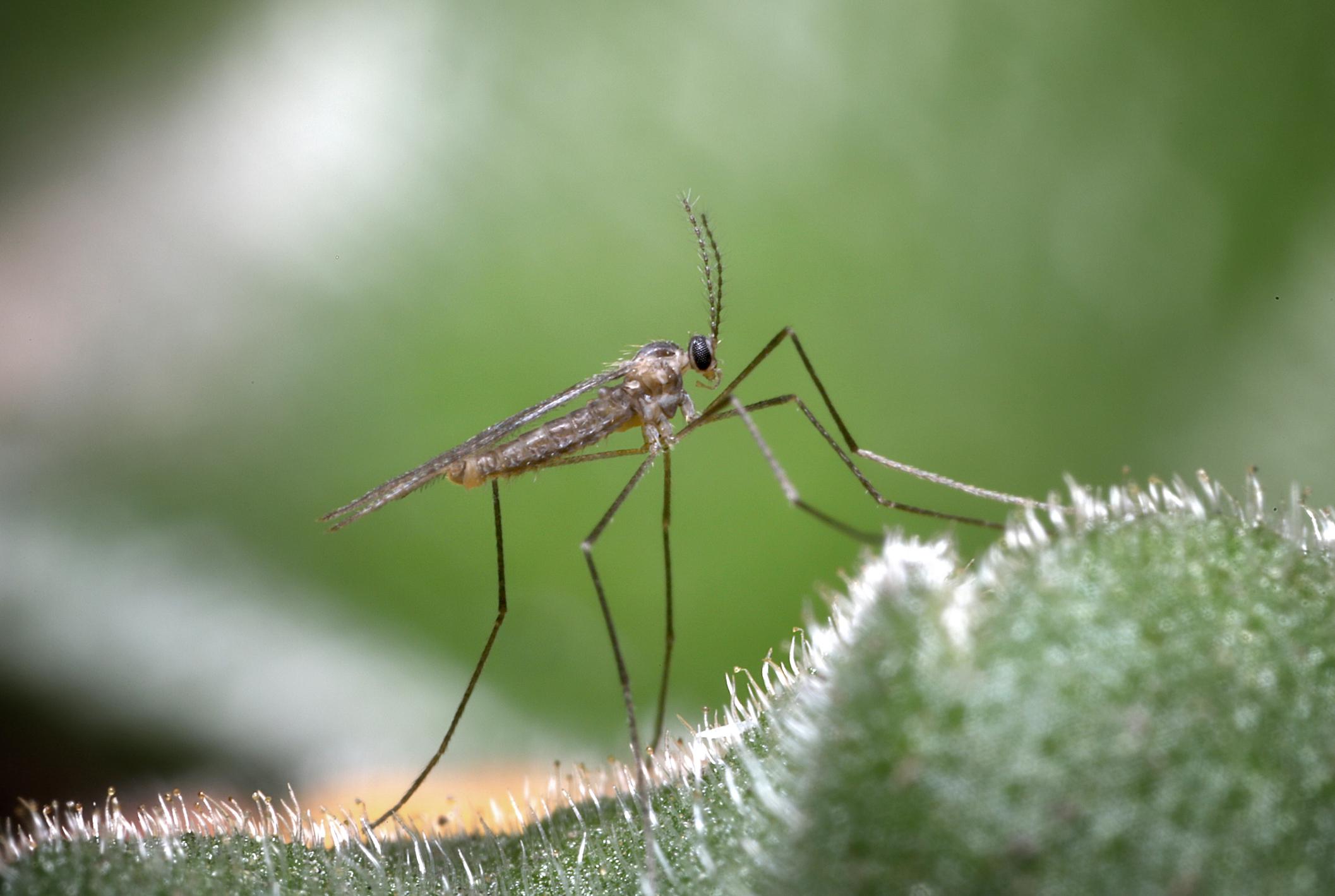Central Mass Deer Ticks, Deer Ticks & More Deer Ticks: But Lyme Is Not the Only Concern
Posted by Mosquito Squad
August 3, 2013
Lyme disease is at epidemic proportions in Massachusetts, but there are other dangers lurking within the bite of a deer tick. We’ve briefly mentioned some rare but dangerous tick-borne diseases, giving more attention to some than others. It has come to our attention that the Powassan Virus, spread by the bite of an infected deer tick is gaining momentum in Massachusetts, requiring the public to gain greater awareness of symptoms and precautions.
What Is the Powassan Virus?
With just one case of Powassan Virus reported from 2004-2013 in Massachusetts, it is quite startling to find out that 9 cases have been reported since 2013 in the Bay State. With a rare illness such as Powassan growing at such a rate, informing the community is the first step in protecting everyone. Powassan Virus is a virus spread to humans by the bite of an infected deer tick, the same tick responsible for spreading Lyme disease.
What Are the Symptoms of Powassan Virus?
According to the CDC, many people infected with Powassan virus never experience symptoms. With an incubation period lasting from 1 week to 1 month, symptoms can include fever, headache, vomiting, weakness, confusion, loss of coordination, speech difficulties or seizures. Powassan can infect the nervous system causing encephalitis and meningitis. Permanent neurological symptoms can occur and is the case with about half of patients who survive the infection. About 10% of Powassan cases will lead to death.
There are no treatments, vaccines or cures for Powassan virus, making prevention imperative. With deer ticks ranging in size from a grain of coffee to the size of the letter D on a dime, spotting an embedded tick can be extremely difficult. Without knowing you’ve been bitten, recognizing the symptoms of Powassan can also be tricky. Avoiding ticks and tick bites is the best way to protect yourself and your family from this rare but often fatal tick-borne threat.















